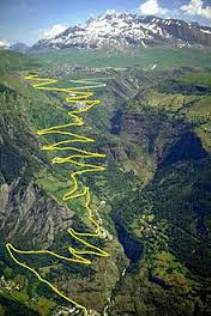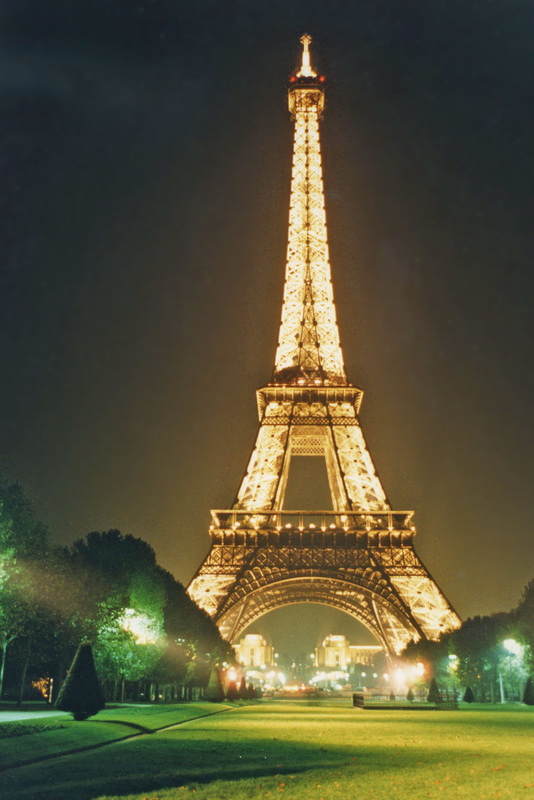|
What a strange sport, cycling.
More than any sport, it contains multiple stories and multiple champions, wheel to wheel on narrow mountain roads. The Tour ended Sunday where it always ends, in Paris, with the Eiffel Tower in the background. When the survivors struggled up the Alpe d’Huez on Saturday, either Phil Liggett or Paul Sherwen, both English, noted on NBCSN that from the peak of that mountaintop the riders could see the Eiffel Tower. Whichever one it was, he was being poetic, but what a symbol for this singular event. I remember the penultimate race in 2004, a time trial out east in Besancon, that made Lance Armstrong champion for the sixth straight year. As soon as work was done, I jumped into the car with James Startt and Sam Abt, two Americans in Paris. James started his engine and gunned onto the Autoroute. I close my eyes for a few minutes and woke up and saw a strange phenomenon looming out the back window. It was the Eiffel Tower, all lit up on a summer evening. James had found a time warp. We were in Paris. The same thing happened Sunday in rainy France, when the peloton skidded its way into Paris on the ritual final day. Every finisher was a champion of the human will. That’s why people stand in the rain or sun and cheer. Saturday’s true finish up the Alpe d’Huez had three champions, all properly celebrated by Liggett and Sherwen. . There was a Frenchman, Thibaud Pinot, barreling ahead on the final climb, to win the stage, a victory for the host country, living on the memory of past glories. (Like England in soccer.) Then there was a Colombian, Nairo Quintana, showing panache, the favored character trait of the Tour, by trying in vain to win the Tour with a blast up the Alpe. And there was the actual winner, Chris Froome of Great Britain, who gained from a great support system and his own dogged riding, to win another Tour. It is a strange sport. My friend Alan Rubin, soccer keeper and mentor, added a comment on this site recently, wishing he knew more about the sport. I always felt the same way -- and I was covering it, or at least writing columns, often about the apothecary wing of cycling. The best I could tell Alan is that the Tour is a mix of the Daytona 500, the New York Marathon, the roller derby, and the old single-wing formation in American football, when everybody pulled to lead the ball-carrier. My advice would be to read the collected works of Daniel Coyle, David Walsh, John Wilcockson, Juliet Macur, Sam Abt and James Startt. You’ve got almost 49 weeks. 7/29/2015 08:42:55 am
George
bruce
8/3/2015 06:29:30 am
George,
George Vecsey
8/3/2015 09:36:34 am
Bruce, Austen did good stuff, not always on the day's result -- and not just drugs -- but inside stuff on the riders, not easy to get in the moving circus. GV
bruce
8/3/2015 11:02:16 am
george, Comments are closed.
|
Categories
All
|











